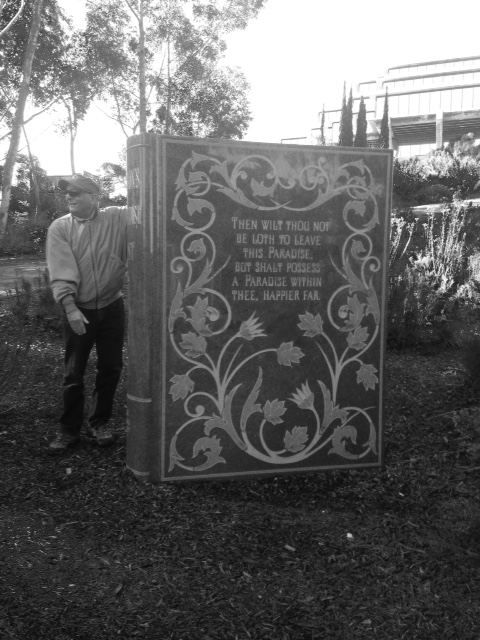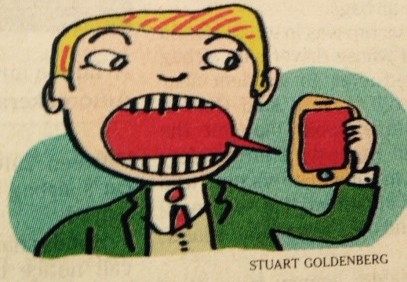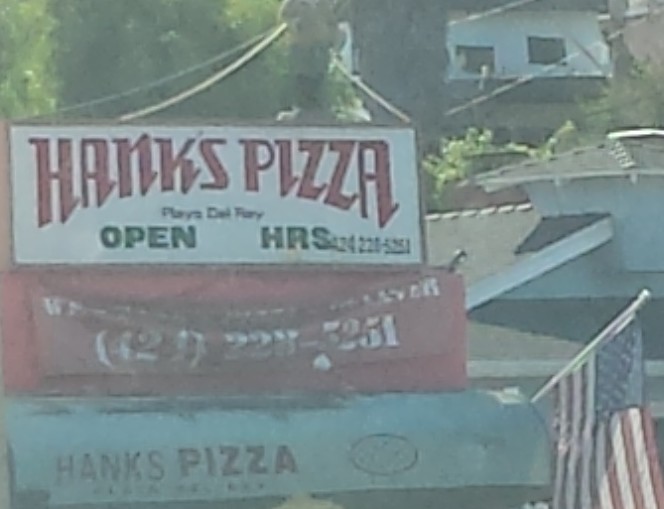
Play is young people’s work.
Gisele Ragusa, Education Specialist at USC
“Want a penny? Go kiss Jack Benny!”
“Want a nickel? Get me a pickle!”
“Want a dollar? Go upstairs and holler!”
Children’s game in Detroit, circa 1960s
Remember how fun all your various and sundry youthful back-and-forth could be?
Those first calls-and-responses, how you remained playground true? Instead of lining up the way the teachers told us, we circled up, setting off and calling out! Was your banter also cruel? Think taunting. The drawing of lines in the dirt. Telling tattletales. Topping.
At my school in Detroit, topping was expressed this way: “Capped on you!” Cap was our slang for that sharply jabbed comeback line. It could be slashing, sardonic, like an early killer app when applied rightly to knock everyone out. What Funkmaster George Clinton called playing, “the dozens.” *
“[Today] They call it ‘dissing each other,’ Clinton said. “That’s like something you doing starting at five, six, seven years old right on through school. ‘Your momma this, your poppa that’. But you aint supposed to let anyone get to you up to the point that you want to fight.”
Making words before war. Words so we wouldn’t go to war. Playing badinage badminton instead of bullying someone down to the gravel. “Up against the locker, red neck mutha!”
But can you relate today?
Not about capping on each other. I mean, as an adult, do you know how best to talk with wee ones, those beginning conversants just getting their chat on?
Welcome to their world by getting in their game, where children love to live in the best moments made available to them at the time.
By paying respectful attention to them, you get to “Be There Then” instead of off with all them other adults yoga-ing back and forth in an attempt to be here now. So cultivate convo. Arthur Miller wrote in “Death of A Salesman” that “Attention must be paid!”
To which you add: “And paid in advance! Or you get nothing!”
Back Pocket Banter
What are you doing right now?
Ever seen anybody do this? (Do some kind of repetitive physical shtick – they’ll love it.)
Hey, that’s a really nice _____ (drawing, sneaker glow-glob, skateboard)
What is that over there? By pointing out something you’ll click with them.
What games do you like to play?
Activity
If all else fails, treat them like adults. Use simple language and say something complimentary. Humans of all ages love to be complimented; you’ll be surprised at the sentences you set off.
Mimic a child. Move in outrageous ways. (Convo Tip: Doing something outrageous often beats saying something outrageous, which doesn’t turn heads anymore unless you are trying to get thrown out of a Peet’s Coffee store in North Berkeley or somewhere by being anti-pc.)
Sharing books with children is always great. Another popular way to communicate is by singing. As Catherine Blyth writes in her book The Art of Conversation A Guided Tour of a Neglected Pleasure: “The key to social harmony is taking turns and timing.” **
Studies indicate that dinner conversation is a more potent vocabulary-booster than reading, and stories around the kitchen table help children build resilience. Amy K. Weisberg, Topanga Elementary Teacher, Topanga Canyon Messenger January 16 2014
Bonus!
Actor and singer-songwriter Rob Elk offers this playful song to inspire the youngins…
Make Something!
I’m going to get some glue, maybe some string!
And in a couple of hours I’m going to make something!
Get a bunch of paper and some Play-Doh!
I’ll make some thing to last you never know!
‘Cuz I always feel great when I create a little something!
Well, its a rainy day can’t go out to play!
And who wants to watch YouTube anyway? (Used to be TV)!
Break out the scissors. Hey mamma throw in some paint!
The way I’m working so quiet you’d think I was a saint !
‘Cuz making something makes me feel so good!
Just like I knew it always would! !
Some macaroni art for my mom!
Some pipe cleaner men for my dad!
Something for you with hearts on it if you don’t make me mad!
And when I’m done. Well baby I’ve gotta run!
If you’re looking for someone to clean up this mess I’m not the one!
I’m not a janitor, I’m just a kid!
And if you think I made up this song well yes I did!
‘Cuz making something makes me feel so good!
Just like I knew it always would! !
‘Cuz I always feel great when I create a little something! !!!!!
Here’s another Rob Elk funny song, this one in time for Christmas:
http://www.madmusic.com/song_details.aspx?SongID=39390
* George Clinton interview with Gerry Fialka: http://laughtears.com/GClinton.html
** Catherine Blyth book: http://www.amazon.com/The-Art-Conversation-Neglected-Pleasure/dp/1592404979
Read More

